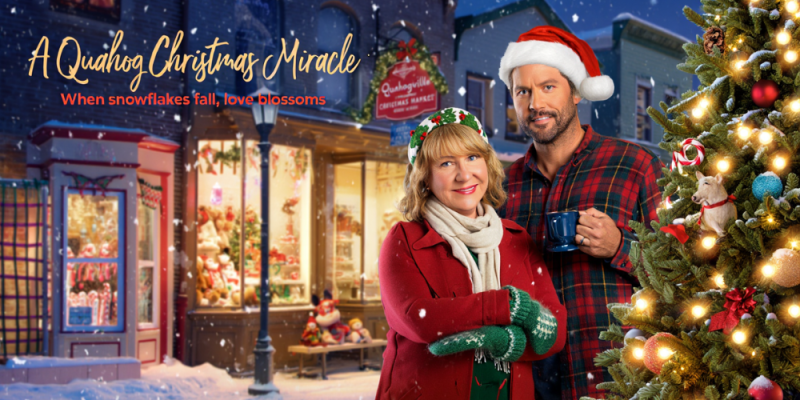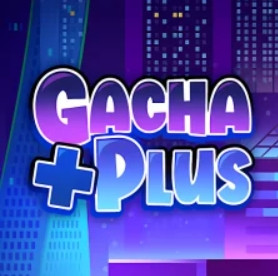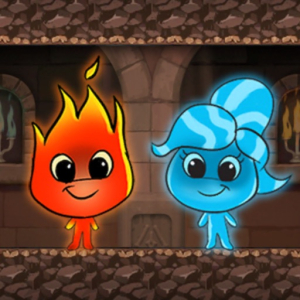Family Guy’s Hallmark-style Christmas caper, on purpose
- Grace Lee
- November 17, 2025

Let’s be honest: few seasonal traditions are as dependable as a Hallmark holiday romance, and Family Guy knows it. That’s precisely why this year’s Christmas special aims its satirical spotlight at small-town meet-cutes, cocoa-scented destiny, and the kind of festive glow that seems to follow every flannel shirt in a 500-mile radius. The team has even joked about the conceit head-on with a knowing line—"we just decided to give up trying to be original"—which lands less as surrender and more as a sly mission statement. The gag isn’t cruelty; it’s calibration. The show has always thrived on precision lampooning: steal the rhythm, mimic the lighting, echo the dialogue cadence, then tip it just enough so you can’t miss the punchline. If you’ve watched the Countdown-to-Christmas pipeline churn for years, you already know the beats: high-powered outsider returns home, tangles with a rugged local, a festival is at risk, snow arrives on cue, and everyone learns to prioritize heart over hustle.
The fun here is in execution. Expect the script to sketch the classic arc: act-one arrival with a suitcase that won’t close, act-two montage where the city skeptic learns the craft of wreath-making or gingerbread icing, and a third-act rift caused by a misguided secret that resolves in a grand gesture under twinkle lights. Family Guy can elevate this by staging the familiarity as a rhythm joke—setup, comfort, rupture, restoration—while peppering in the show’s signature cutaways that heighten the contrast between curated sweetness and chaotic reality. Picture Peter overinvesting in an absurd tree-lighting committee, delivering earnest speeches that spiral into wildly specific bylaws; Lois anchoring the tone as the one character who genuinely appreciates the town’s charm; Brian serving skeptical commentary on serialized sentiment; and Stewie operating as the meta-critic, breaking down the “near-kiss interruption” trope as if he’s hosting a foul-mouthed masterclass in narrative timing. The outcome depends on tonal balance: affectionate mimicry paired with precise comedic undercuts.
Production craft will carry a lot of this parody. The storyboard team can lean into narrow depth-of-field interiors glowing with warm practicals, then switch to gently drifting snow and soft color grading for exterior romance beats. Music supervisors will likely fold in sleigh-bell textures, glockenspiel twinkles, and string swells that signal “cozy” at three seconds flat. Timing is crucial in a 22-minute slot: the show will compress the Hallmark three-act map into brisk sequences, using hard comedic buttons at act breaks and cutaways as elastic to stretch or snap a beat. Expect costume gags—matching tartan scarves, suspiciously pristine work boots—and prop humor like a peppermint latte logo that’s just different enough to dodge a lawyer. Editorially, a well-placed smash cut from sincere confession to an unhinged town tradition can land the biggest laugh. Underneath the jokes is meticulous mimicry: camera angles, ADR tone, even the “snow sparkle” sound bed contribute to the illusion before the satire punctures it.
What makes this premise resonate right now is how it speaks to comfort media. Hallmark’s template isn’t just repetition; it’s ritual, engineered to lower your shoulders after a long year. Family Guy turning that into a playground is commentary with a grin, not a sneer. The show has spent decades toggling between outrageous cutaways and lovingly nerdy genre studies, and holiday stories give it permission to slow the chaos just enough to let sentiment peek through. That wry admission about originality functions as a thesis on TV churn and audience appetite: formula endures because it works, and parody endures because it helps us see the machine. If the episode lands, it will read as both takedown and toast—an acknowledgement that these movies are easy to rib precisely because they are so well engineered to be easy to watch. The satire’s success will hinge on specific observations, not broad swipes, and on letting a little genuine warmth survive the joke.
Conclusion
So, here’s what to look for when you watch: cleanly signposted act turns, a town name that sounds like it was algorithmically generated from balsam and cinnamon, a “save the festival” clock, an almost-kiss thwarted by the most convenient of misunderstandings, and a climactic confession that arrives with snow on cue. Listen for an original song or a playfully earnest needle drop that takes the parody from sketch to story. Scan the backgrounds—Family Guy loves hiding the sharpest jokes in signage, minor characters, and throwaway props. If you’re coming for big seasonal belly laughs, you’ll likely get them; if you’re craving a cozy vibe to go with a mug of something warm, that’s in the cards too. The smart move is embracing the paradox: a show famous for extremes channeling holiday television’s safest formula, then nudging it just enough to sparkle. Familiarity is the wrapping paper; the satire is what’s inside—and the fun is in unwrapping both at once.















